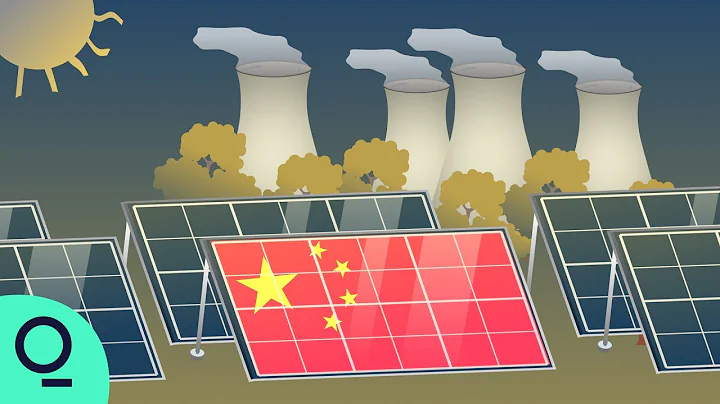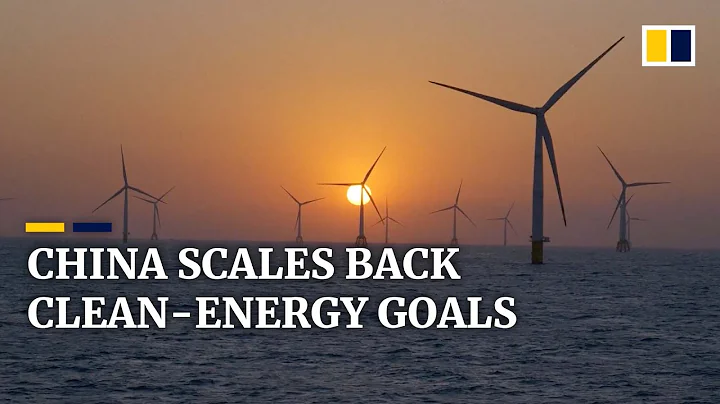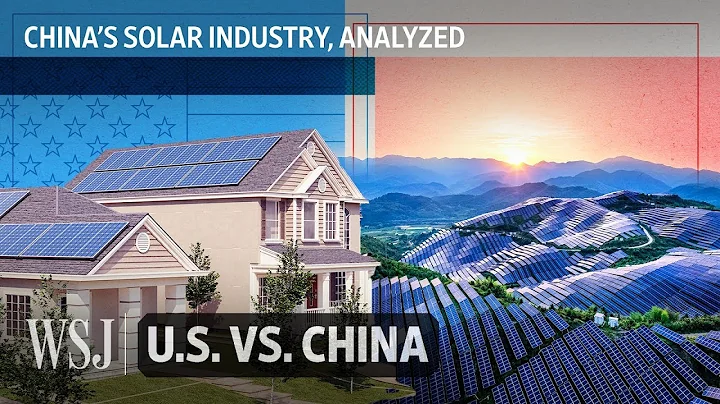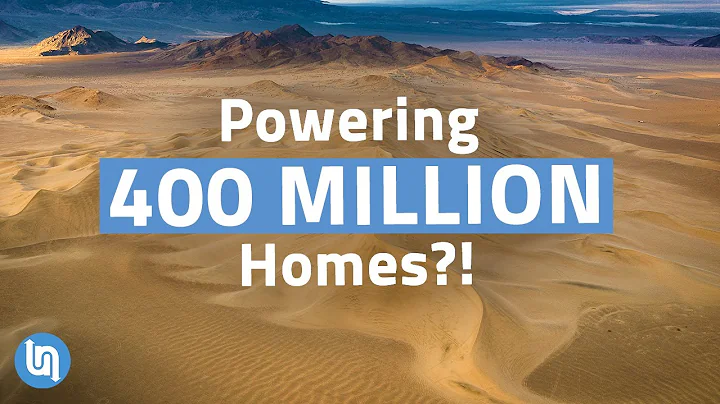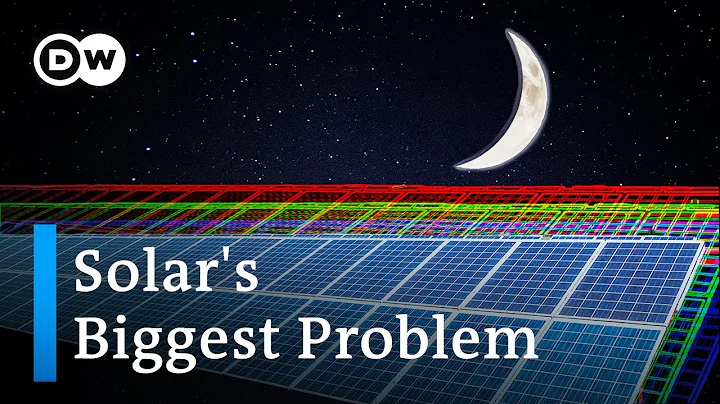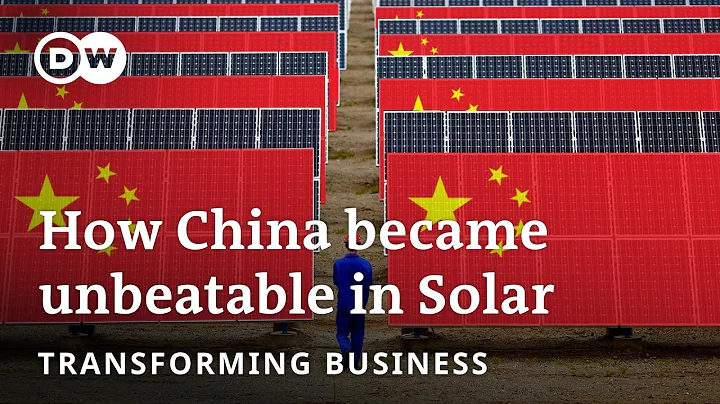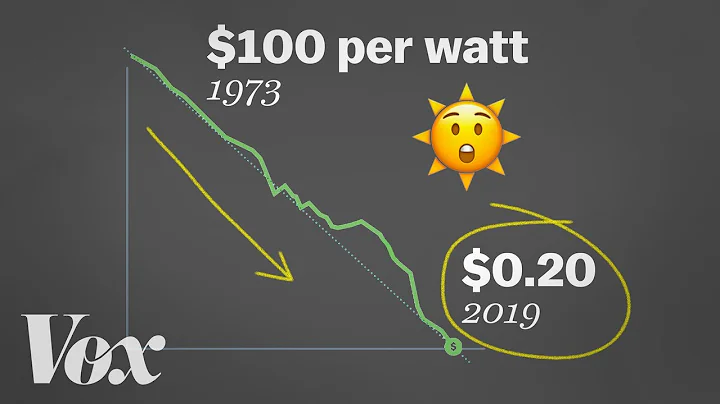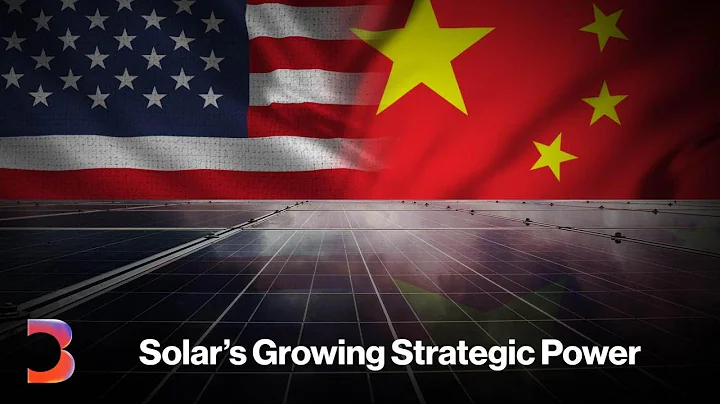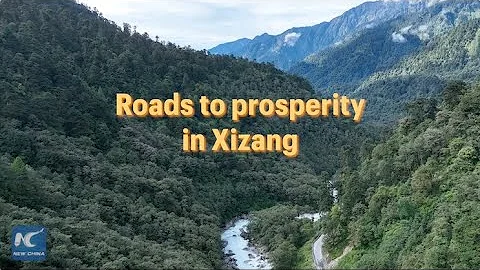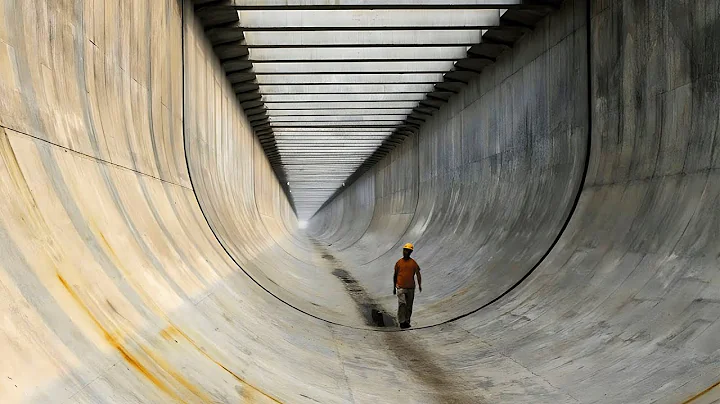[Energy people are watching, click on the upper right corner and add 'Follow']
Polaris Solar Photovoltaic Network News: On November 29, 2011, the Ministry of Finance, the National Development and Reform Commission, and the National Energy Administration jointly issued the "Renewable Energy Development Fund Levy" Interim Measures for Usage Management" (Caizong [2011] No. 115) clarifies that the renewable energy development fund includes two parts, one is the special funds arranged by the national fiscal public budget, and the other is the additional revenue from renewable energy prices levied from power users in accordance with the law. .
(Source: WeChat public account "Electricity Price Research Frontier" Authors: Han Yaru, Ke Meifeng, Lin Shiyuan, Ye Yingjin, State Grid Fujian Electric Power Economic Research Institute)
Among them, renewable energy electricity prices are surcharged nationwide except for the Tibet Autonomous Region, and for each province , autonomous regions and municipalities directly under the Central Government collect electricity sales after deducting electricity for agricultural production (including electricity for agricultural drainage and irrigation), and use it for the following subsidies: First, power grid enterprises follow the on-grid electricity price determined by the price department of the State Council, or according to the "Renewable Energy of the People's Republic of China" According to the relevant provisions of the Law, the difference between the on-grid electricity price determined through competitive methods such as bidding and the cost of purchasing renewable energy power is higher than the cost calculated based on the average on-grid electricity price of conventional energy generation; secondly, the local classified sales price is implemented. And for public renewable energy independent power systems invested or subsidized by the state, their reasonable operation and management costs exceed the sales price of electricity; third, the reasonable grid connection fees paid by power grid enterprises to purchase renewable energy power and other reasonable The related expenses cannot be recovered through the sales price of electricity.
In recent years, in order to meet the demand for subsidies for renewable energy projects, the state has addressed the subsidy gap problem from many aspects:
1. The additional levy standard for renewable energy electricity prices has been raised several times
At the end of November 2011, Caizong [2011] No. 115 stipulated that The renewable energy electricity price surcharge standard is 0.8 cents/kWh; at the end of August 2013, the Development Reform Price [2013] No. 1651 was issued, and the renewable energy electricity price surcharge standard for other electricity uses except residential and agricultural production will be levied by each country. The cost per kWh was increased from 0.8 cents to 1.5 cents; in January 2016, Finance and Taxation [2016] No. 4 was issued, clarifying that from January 1, 2016, all provinces (autonomous regions and municipalities, excluding Xinjiang Uygur Autonomous Region and Tibet Autonomous Region) The fund collection standard for all electricity sold except for residential use and agricultural production has been increased from 1.5 cents per kilowatt hour to 1.9 cents per kilowatt hour. It has not changed yet.
2. The renewable energy electricity price supplementary subsidy process is continuously optimized
On March 14, 2012, the Ministry of Finance issued the "Interim Measures for the Management of Renewable Energy Electricity Price Additional Subsidy Funds" (Caijian [2012] No. 102), which regulates the renewable energy electricity price supplementary income. Standardize the application conditions, subsidy standards, budget management and fund allocation of subsidy projects. The following year, the "Notice on Related Issues Concerning the Implementation of Distributed Photovoltaic Power Generation in accordance with Electricity Subsidy Policies" (Caijian [2013] No. 390) improved the management of subsidy funds for photovoltaic power stations, large-scale wind power generation, etc. to speed up the allocation of funds. On January 20, 2020, the Ministry of Finance, the National Development and Reform Commission, and the National Energy Administration jointly issued the "Measures for the Management of Additional Funds for Renewable Energy Electricity Prices" (Caijian [2020] No. 5), and Caijian [2012] No. 102 was abolished at the same time. The newly issued policy document has new regulations on the management model, subsidy sequence, subsidy upper limit, subsidy calculation method and subsidy scope for renewable energy power generation subsidy projects.
(1) Management model: Starting from 2020, the management model of renewable energy power generation subsidy projects is divided into three categories:
The first is the project list management model. Caijian [2020] No. 4 proposed a simplified catalog system management, and the state will no longer issue it A catalog of additional subsidies for renewable energy electricity prices, while the grid companies determine and regularly publish a list of eligible renewable energy power generation subsidy projects. On this basis, Caibanjian [2020] No. 6 further clarified that renewable energy power generation projects in the 1-7 batches of renewable energy price additional subsidy catalogs can be directly included in the subsidy list after review by the power grid enterprises.On November 18, 2020, the "Notice on Accelerating the Review of the List of Renewable Energy Power Generation Subsidy Projects" (Caibanjian [2020] No. 70) was issued, proposing to meet the requirements for approval (recording), full capacity and merger in 2006 and beyond. Projects that are included in the annual scale management and meet the national renewable energy price policy, and have the on-grid electricity price approved by the price authority can apply for inclusion in the subsidy list. The subsidy list will be announced as soon as possible in accordance with the order of the time when the projects are fully connected to the grid and the principle of "when a batch is mature, a batch will be announced".
The second is the filing management model: According to Caibanjian [2020] No. 6, photovoltaic natural person distributed power generation projects continue to be subject to filing management according to Caibanjian [2016] No. 669.
The third is the catalog management model: Photovoltaic poverty alleviation projects that enjoy central fiscal subsidies are still managed by the relevant national departments under the subsidy catalog.
(2) Subsidy sequence: On June 17, 2020, the "Notice on Issuing the Budget of Additional Subsidy Funds for Renewable Energy Electricity Prices" (Caijian [2020] No. 208) clarified that when allocating subsidy funds, priority will be given to fully allocating 50kW and Natural person distributed projects with the following installed capacity, photovoltaic projects determined by bidding in 2019, and new projects determined by the principle of "revenue determines expenditure" in 2020. For photovoltaic "front-runner" projects determined by the state, priority will be given to ensure that 50% of the subsidy funds payable to the project is allocated. Other projects will be allocated in proportion to the amount of subsidy payable.
(3) Subsidy ceiling: Caijian [2020] No. 5 and the "Supplementary Notice on Relevant Matters" (Caijian [2020] No. 426) propose that the subsidy amount for a single project shall be determined based on the number of reasonable utilization hours throughout the project's life cycle, clarifying The subsidy ceiling and subsidy period for renewable energy subsidies have been stipulated.
(4) Subsidy calculation method: According to Caijian [2020] No. 426, the subsidy standard for renewable energy subsidy projects = (renewable energy benchmark on-grid electricity price (including on-grid electricity price determined through competitive methods such as bidding) - local coal-fired power generation Internet base price)/(1+applicable value-added tax rate). The subsidy standard in the 2019 "Notice on Issuing the Budget for Additional Subsidy Funds for Renewable Energy Electricity Prices (Central Enterprises)" (Caijian [2019] No. 276) = (Purchase Price of Power Grid Enterprises - Coal-fired Benchmark On-grid Electricity Price) / (1+ Applicable value-added tax rate), compared with the two, Document No. 426, in addition to setting the coal-fired benchmark in accordance with the "Guiding Opinions of the National Development and Reform Commission on Deepening the Reform of the On-grid Price Formation Mechanism for Coal-fired Power Generation" (Fagai Price Regulations [2019] No. 1658) In addition to changing the on-grid electricity price to the benchmark price for coal-fired power generation, it also clarified the subsidy standard for some electricity in market-based transactions of renewable energy.
(5) Subsidy scope: According to Caijian [2020] No. 4, new offshore wind power and solar thermal projects will no longer be included in the scope of central financial subsidies. The existing offshore wind power generation and solar thermal power generation projects whose units have been connected to the grid will be included in the scope of central financial subsidies according to corresponding price policies.
3. With the subsidy trend declining, the state encourages wind power and photovoltaic power generation companies to sell renewable energy green power certificates, and the proceeds can replace financial subsidies.
Green power certificates are the state’s requirement for power generation companies to provide electricity for each megawatt hour of non-water renewable energy on-grid. The issued electronic certificate with a unique identification code is the confirmation and attribute certification of non-water renewable energy generation and the only certificate for the consumption of green electricity. It is also a tradable and redeemable certificate that can be used as an independent renewable energy source. Energy generation measurement tools can also be used as a trading tool to transfer ownership of positive externalities such as the environmental benefits of renewable energy.
On January 18, 2017, the "Notice on the Trial Implementation of the Renewable Energy Green Power Certificate Issuance and Voluntary Subscription Transaction System" (Fagai Energy [2017] No. 132) proposed that during the trial period, the national renewable energy electricity price surcharge fund subsidy catalog Wind power (onshore wind power) and photovoltaic power generation projects (excluding distributed photovoltaic projects) can apply for certificate ownership qualifications. The subscription of green power certificates has been officially launched since July 1, 2017. The subscription price shall be determined by the buyer and seller through negotiation or bidding, based on the additional fund subsidy amount not higher than the renewable energy electricity price corresponding to the certificate.After wind power and photovoltaic power generation companies sell renewable energy green power certificates, the corresponding electricity will no longer enjoy subsidies from the national renewable energy electricity price surcharge.
On January 7, 2019, the National Development and Reform Commission and the National Energy Administration issued a notice on actively promoting unsubsidized and affordable grid-connected wind power and photovoltaic power generation (Fagai Energy [2019] No. 19) to encourage wind power and photovoltaic grid-affordable grid projects. and low-price Internet projects to obtain reasonable income compensation through green certificate transactions.
On May 10, 2019, the "Notice on Establishing and Improving the Guarantee Mechanism for Renewable Energy Power Consumption" (Fagai Energy [2019] No. 807) proposed to set the responsibility weight of renewable energy power consumption for each provincial administrative region. The equivalent amount of renewable energy electricity corresponding to the voluntarily subscribed renewable energy green power certificates can be recorded as consumption.
On January 20, 2020, Caijian [2020] No. 4 proposed the comprehensive implementation of green power certificate trading. Starting from January 1, 2021, green power certificate transactions under the quota system will be implemented. At the same time, we will study how to link the priority power generation rights of coal-fired power generation companies and the priority guarantee of coal imports for enterprises with green certificates, continue to expand the scale of green certificate market transactions, and Promote green certificate transactions through various market-oriented methods. Enterprises obtain income through green certificate transactions in lieu of financial subsidies.
![[Energy people are watching, click on the upper right corner and add 'Follow'] Polaris Solar Photovoltaic Network News: On November 29, 2011, the Ministry of Finance, the National Development and Reform Commission, and the National Energy Administration jointly issued the](https://cdn-dd.lujuba.top/img/loading.gif)
Disclaimer: The above content is reproduced from Polaris Power News Network, and the content published does not represent the position of this platform.
National Energy Information Platform contact number: 010-65367702, email: [email protected], address: People's Daily, No. 2 Jintai West Road, Chaoyang District, Beijing


